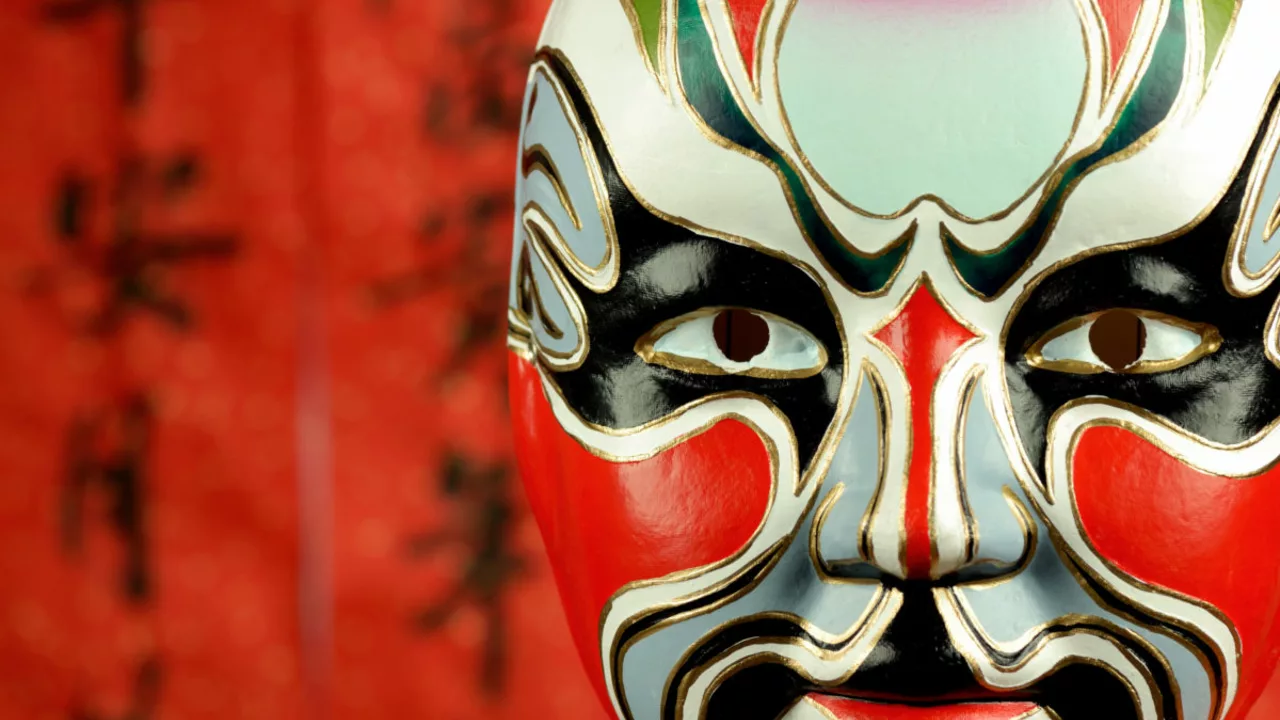Performance Art – The Buzz Behind the Biggest Live Shows
Ever wondered why a circus trapeze swing can feel like a heart‑stopper? That rush is the heart of performance art – a mix of skill, storytelling and pure spectacle. It isn’t just a act; it’s a live experience that pulls you in and makes you forget the world outside.
At its core, performance art blends movement, music, costume and often a splash of drama. Whether you’re watching a tightrope walk, a modern dance piece, or a daring stunt in a big‑top show, each element works together to create a moment you can’t get from a screen.
What Counts as Performance Art?
Most people think of theater when they hear "performance," but the term stretches much further. Here are the main flavors you’ll run into:
- Circus acts – Think trapeze, juggling, clowning and even animal performances. They’re the classic live‑action you see under a big top.
- Acrobatics – High‑flyers, tumblers and floor routines that rely on strength, balance and flexibility. Height isn’t a must; skill is.
- Dance theatre – Moves that tell a story without words, often mixed with lighting and set design.
- Live art installations – Artists who perform in public spaces, turning streets or galleries into interactive stages.
Each of these forms uses the same basic goal: to create a shared moment that feels immediate and unforgettable.
Cool Acts You Can Watch Right Now
If you’re looking for inspiration, start with the classics. The most interesting circus acts include high‑risk trapeze flips and juggling feats that seem to defy physics. Even simple clown routines can deliver a laugh that breaks the tension of a tense show.
Acrobats often surprise us by breaking the myth that they have to be tall. Many top performers are of average height, focusing instead on core strength and precise timing. This makes the field far more accessible than you might think.
For a modern twist, check out shows like Cirque du Soleil. Performers there juggle multiple disciplines – acrobatics, dance, acting – all under elaborate costumes and lighting. The experience feels like stepping into a living painting.
And if you’re curious about the behind‑the‑scenes drama, there’s plenty of talk about the risks involved. Yes, circus performers face danger, but rigorous training and safety protocols keep most accidents rare. The thrill often outweighs the risk for those who love the spotlight.
Ready to try something yourself? Age isn’t a hard barrier. Starting training at 25 can still land you a spot in top companies, provided you put in the work and stay consistent. Many schools offer beginner classes in aerial silks, basic tumbling and even introductory juggling.
Getting into performance art means finding a community that values practice, creativity and teamwork. Look for local workshops, school clubs or online tutorials. Even a weekend class can give you a taste of the discipline needed to master a new skill.
Bottom line: performance art is a playground for anyone who loves moving, creating and sharing live moments. Whether you watch from the audience or step onto the stage, the energy is real, the skills are learnable, and the excitement is contagious.

Why is Beijing Opera so difficult to master?
Beijing Opera, known for its rich and complex artistry, is indeed a tough nut to crack. Its mastery requires not just vocal skills, but also intense physical conditioning for the stylized movements and acrobatics involved. Each role and character in the opera has its unique singing style, gestures, and movements, which adds layers of complexity. The use of symbolic and coded visual elements like costumes, make-up, and props further necessitates a deep understanding of Chinese culture and history. So, while it is a beautiful performance art, mastering Beijing Opera definitely isn't a walk in the park!
Read More